#include <string.h>
#include<stdlib.h>
#include<math.h>
#include<string.h>
#include"Commen.h"
#include"f_LUTFilter.h"
#include"f_SkinPDF.h"
#include"f_GaussFilter.h"
#include"f_SkinWhite.h"
*函数: 肤色美白
*参数:
*srcData:32BGRA 位图像数据
*width: 图像宽度
*height: 图像高度
*stride: 图像 Stride
*skinMask: 皮肤蒙版
*lutData: 32BGRA LUT 图像数据
*ratio: 美白程度,范围[0,100]
*返回值: 0-成功,其他失败
**************************************************************************/
int f_SkinWhite(unsigned char* srcData, int width, int height, int stride,
unsigned char* lutData, int ratio)
{
int ret = 0;
int length = height * stride;
unsigned char* tempData = (unsigned char*)malloc(sizeof(unsigned char) *
length);
memcpy(tempData, srcData, sizeof(unsigned char) * length);
unsigned char* skinPDF = (unsigned char*)malloc(sizeof(unsigned char) *
length);
memcpy(skinPDF, srcData, sizeof(unsigned char) * length);
ret = f_SkinPDF(skinPDF, width, height, stride);
int maskSmoothRadius = 3;
ret = f_FastGaussFilter(skinPDF, width, height, stride,
maskSmoothRadius);
ret = f_LUTFilter(tempData, width, height, stride, lutData);
unsigned char* pSrc = srcData;
unsigned char* pLut = tempData;
unsigned char* pSkin = skinPDF;
for(int j = 0; j < height; j++)
{
for(int i = 0; i < width; i++)
{
int r, g, b, a;
b = CLIP3((pSrc[0] * (100 - ratio) + pLut[0] * ratio) / 100, 0, 255);
g = CLIP3((pSrc[1] * (100 - ratio) + pLut[1] * ratio) / 100, 0, 255);
r = CLIP3((pSrc[2] * (100 - ratio) + pLut[2] * ratio) / 100, 0, 255);
a = (pSkin[0] + pSkin[1] + pSkin[2]) / 3;
pSrc[0] = CLIP3((b * a + pSrc[0] * (255 - a)) / 255, 0, 255);
pSrc[1] = CLIP3((g * a + pSrc[1] * (255 - a)) / 255, 0, 255);
pSrc[2] = CLIP3((r * a + pSrc[2] * (255 - a)) / 255, 0, 255);
pSrc += 4;
pLut += 4;
pSkin += 4;
}
}
free(tempData);
free(skinPDF);
return ret;
};
*函数: 肤色美白曲线法
*参数:
*srcData:32BGRA 图像数据
*width: 图像宽度
*height: 图像高度
*stride: 图像 Stride
*belta: 曲线参数 belta,范围[2,10],默认:2
*ratio: 磨皮程度,范围 [0,100] *返回值: 0-成功,其他失败
*参考资料: "A Two-Stage Contrast Enhancement Algorithm for Digital Images"
**************************************************************************/
int f_SkinWhiteCurve(unsigned char* srcData, int width, int height, int
stride, int belta, int ratio)
{
int ret = 0;
int length = height * stride;
unsigned char* skinPDF = (unsigned char*)malloc(sizeof(unsigned char) *
length);
memcpy(skinPDF, srcData, sizeof(unsigned char) * length);
ret = f_SkinPDF(skinPDF, width, height, stride);
int maskSmoothRadius = 3;
ret = f_FastGaussFilter(skinPDF, width, height, stride,
maskSmoothRadius);
unsigned char* pSrc = srcData;
unsigned char* pSkin = skinPDF;
for(int j = 0; j < height; j++)
{
for(int i = 0; i < width; i++)
{
int r, g, b, a;
b = CLIP3(log((float)pSrc[0] * (belta - 1) / 255.0f + 1) /
log((float)belta) * 255.0f, 0, 255);
g = CLIP3(log((float)pSrc[1] * (belta - 1) / 255.0f + 1) /
log((float)belta) * 255.0f, 0, 255);
r = CLIP3(log((float)pSrc[2] * (belta - 1) / 255.0f + 1) /
log((float)belta) * 255.0f, 0, 255);
b = CLIP3((b * ratio + pSrc[0] * (100 - ratio)) / 100, 0, 255);
g = CLIP3((g * ratio + pSrc[1] * (100 - ratio)) / 100, 0, 255);
r = CLIP3((r * ratio + pSrc[2] * (100 - ratio)) / 100, 0, 255);
a = (pSkin[0] + pSkin[1] + pSkin[2]) / 3;
pSrc[0] = CLIP3((b * a + pSrc[0] * (255 - a)) / 255, 0, 255);
pSrc[1] = CLIP3((g * a + pSrc[1] * (255 - a)) / 255, 0, 255);
pSrc[2] = CLIP3((r * a + pSrc[2] * (255 - a)) / 255, 0, 255);
pSrc += 4;
pSkin += 4;
}
}
free(skinPDF);
return ret;
}
inline int ModeSmoothLight(int basePixel,int mixPixel)
{
int res = 0;
res = mixPixel > 128 ?
((int)((float)basePixel+((float)mixPixel+(float)mixPixel-
255.0f)*((sqrt((float)basePixel/255.0f) )*255.0f-(float)basePixel)/255.0f)):
((int)((float)basePixel+((float)mixPixel+(float)mixPixel-
255.0f)*((float)basePixel-(float)basePixel*(float)basePixel/255.0f)/255.0f));
return CLIP3(res, 0, 255);
};
*函数: PS 图层法肤色美白
*参数:
*srcData:32BGRA 图像数据
*width: 图像宽度
*height: 图像高度
*stride: 图像 Stride
*ratio: 磨皮程度,范围 [0,100]
*返回值: 0-成功,其他失败
**************************************************************************/
int f_SkinWhitePS(unsigned char* srcData, int width, int height, int stride,
int ratio)
{
int ret = 0;
int length = height * stride;
unsigned char* skinPDF = (unsigned char*)malloc(sizeof(unsigned char) *
length);
memcpy(skinPDF, srcData, sizeof(unsigned char) * length);
ret = f_SkinPDF(skinPDF, width, height, stride);
int maskSmoothRadius = 3;
ret = f_FastGaussFilter(skinPDF, width, height, stride, maskSmoothRadius);
unsigned char* pSrc = srcData;
unsigned char* pSkin = skinPDF;
for(int j = 0; j < height; j++)
{
for(int i = 0; i < width; i++)
{
int r, g, b, a;
b = ModeSmoothLight(pSrc[0], 255);
g = ModeSmoothLight(pSrc[1], 255);
r = ModeSmoothLight(pSrc[2], 255);
b = CLIP3((b * ratio + pSrc[0] * (100 - ratio)) / 100, 0, 255);
g = CLIP3((g * ratio + pSrc[1] * (100 - ratio)) / 100, 0, 255);
r = CLIP3((r * ratio + pSrc[2] * (100 - ratio)) / 100, 0, 255);
a = (pSkin[0] + pSkin[1] + pSkin[2]) / 3;
pSrc[0] = CLIP3((b * a + pSrc[0] * (255 - a)) / 255, 0, 255);
pSrc[1] = CLIP3((g * a + pSrc[1] * (255 - a)) / 255, 0, 255);
pSrc[2] = CLIP3((r * a + pSrc[2] * (255 - a)) / 255, 0, 255);
pSrc += 4;
pSkin += 4;
}
}
free(skinPDF);
return ret;
}
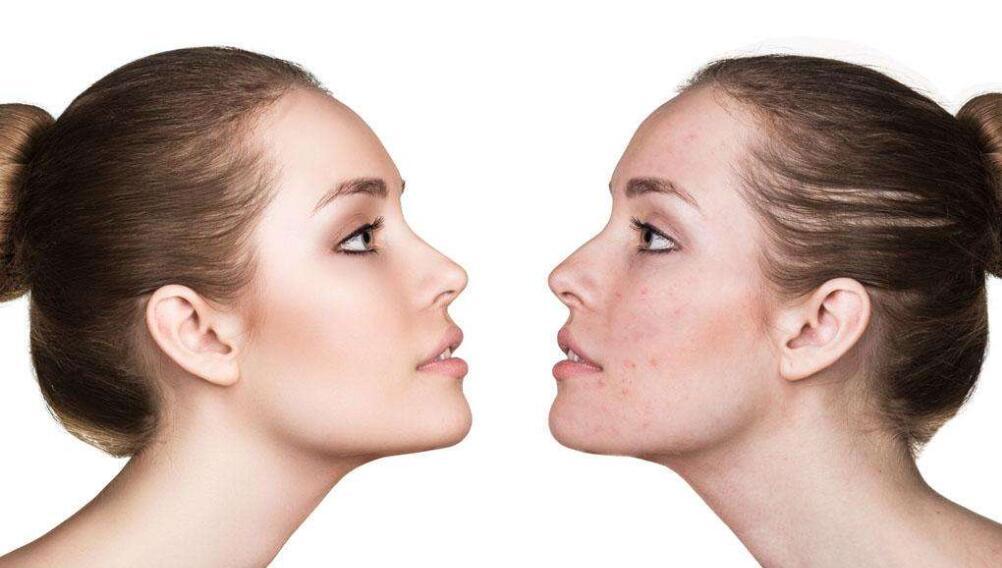
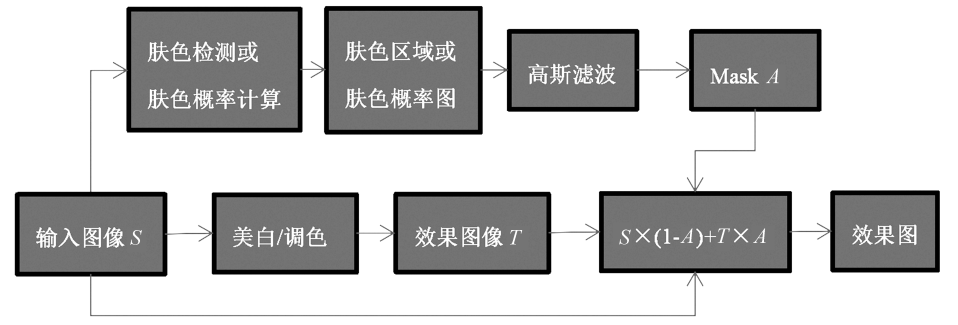
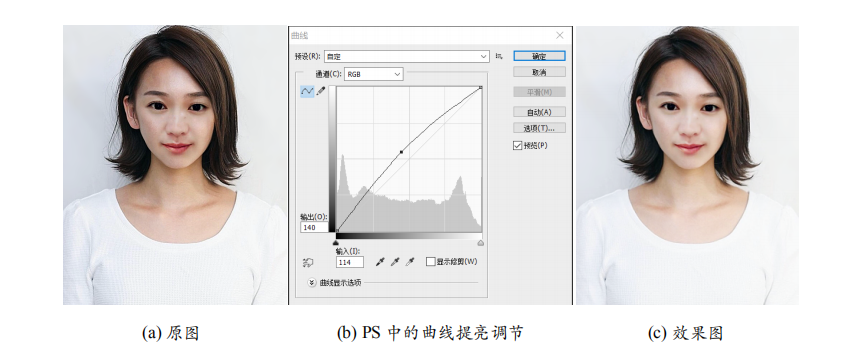
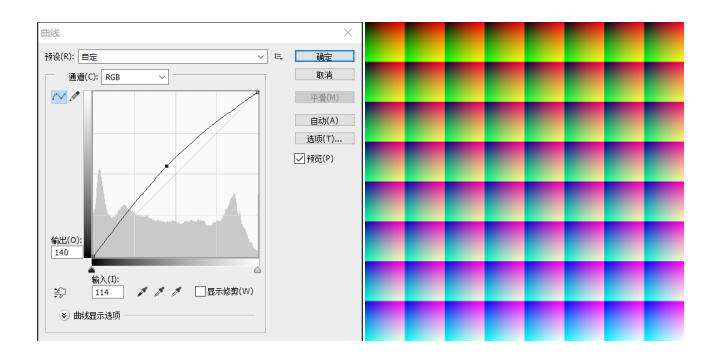
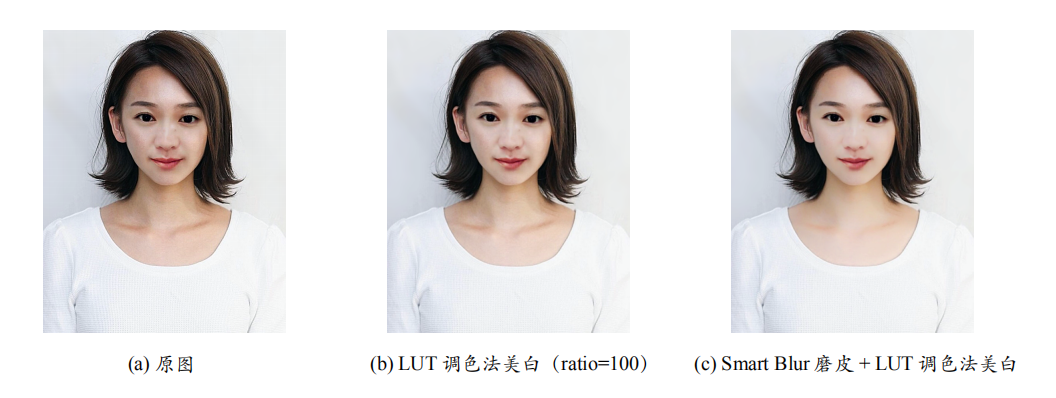

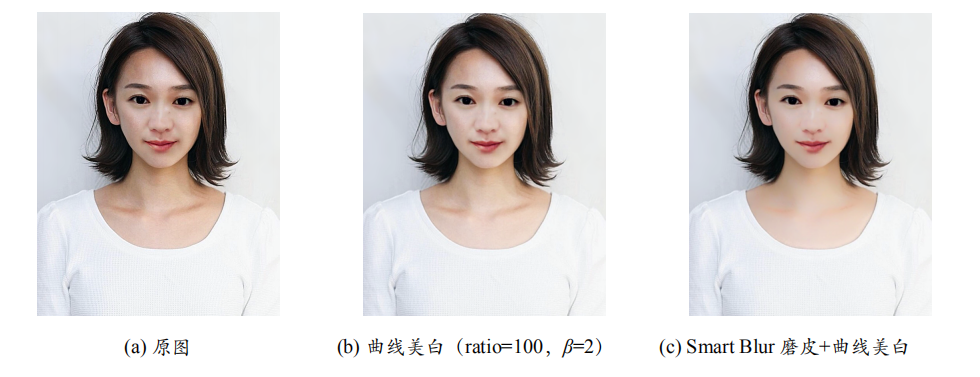

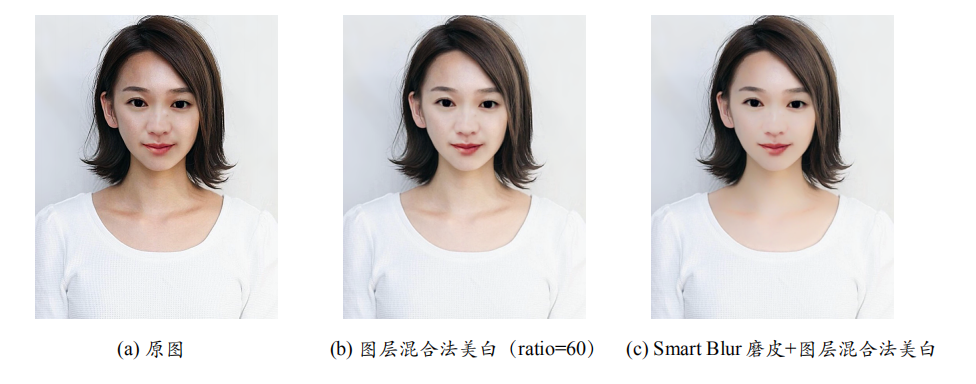
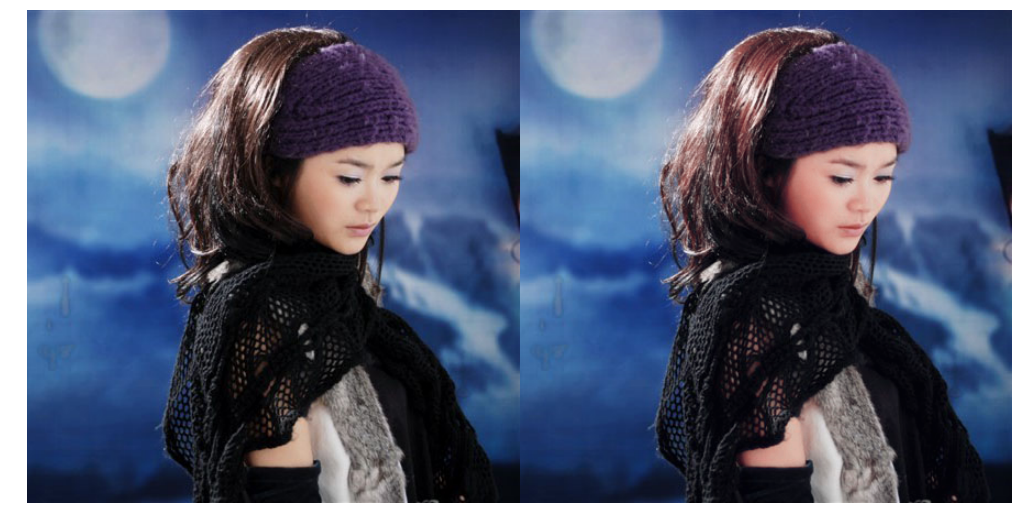
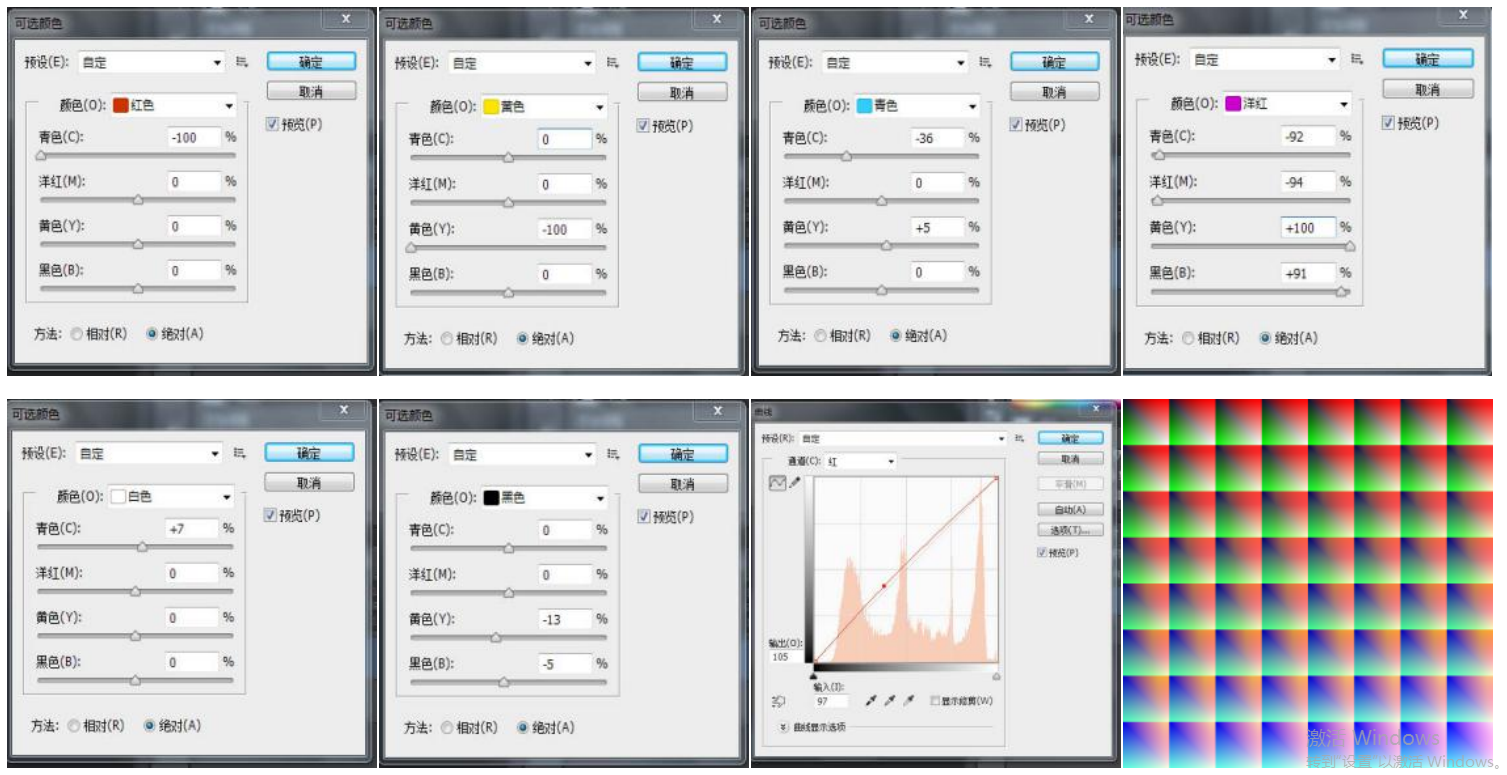
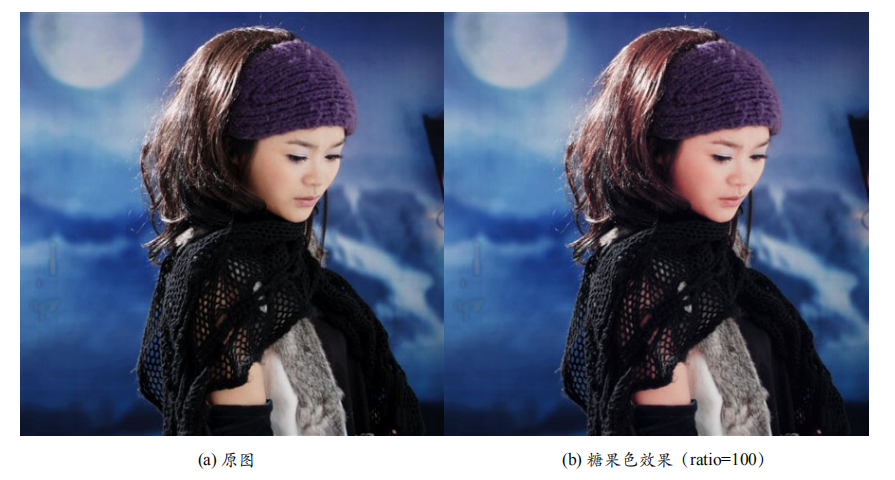













评论